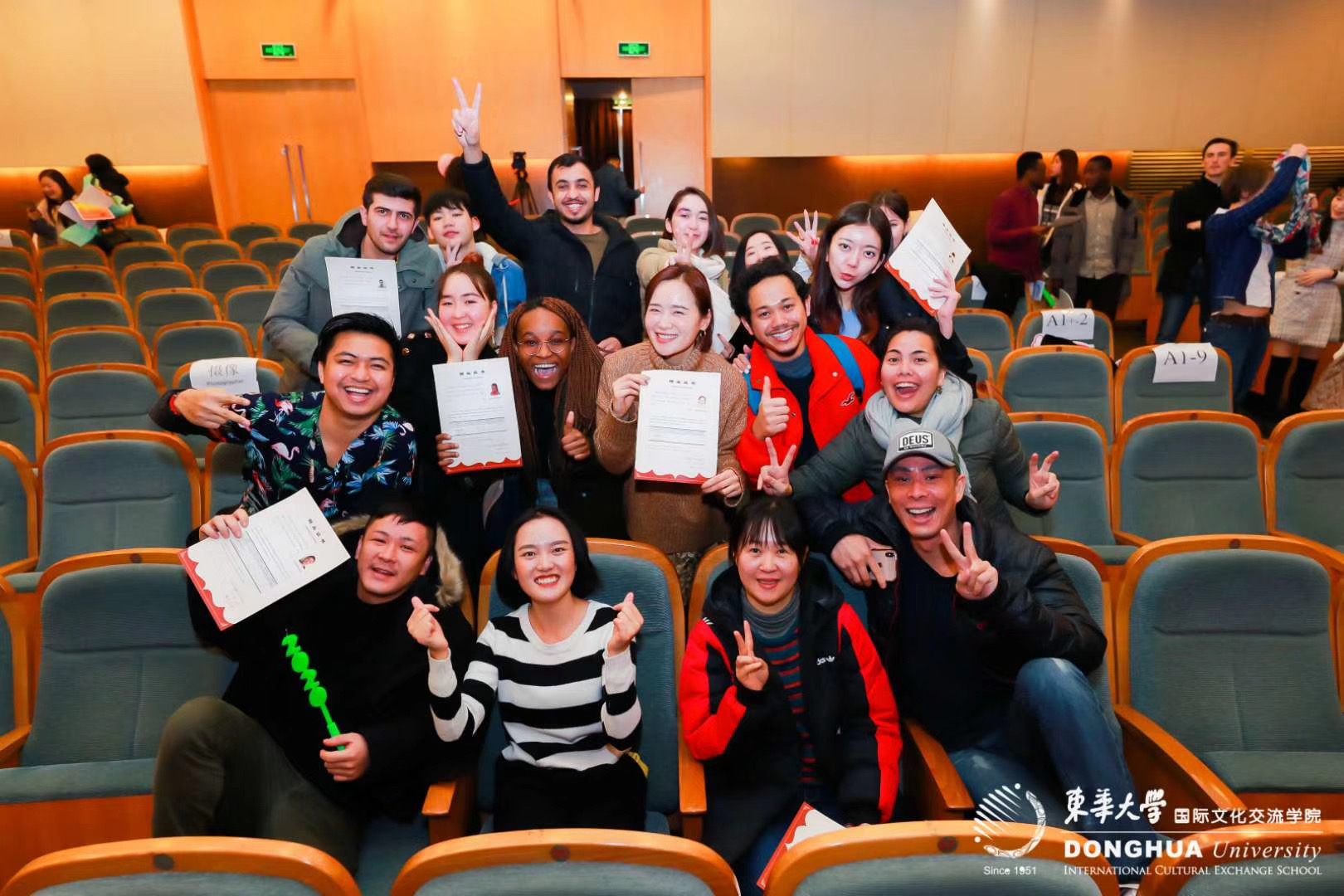Author:
Regarding this topic, I would like to share my experience as a teacher who failed to effectively implement Culturally Responsive Education (CRE).
From December 2019 to January 2020, I taught Chinese as a foreign language for one semester at Donghua University in Shanghai. My students came from countries such as the United States, Canada, Japan, South Korea, Indonesia, Malaysia, and Germany. They were divided into two classes, with another teacher and I respectively teaching speaking and reading. I have always enjoyed interacting with people from different cultural backgrounds, so I was very excited about this job. Unfortunately, I felt that I did not establish a trusting relationship with my students, and the teaching outcomes were not satisfactory.
Upon reflection, I identified several reasons for this result. Firstly, the teaching content was primarily based on Chinese local contexts, such as the Spring Festival and high-speed rail, lacking international examples, which made it difficult for non-Chinese students to empathize. Secondly, when addressing cultural differences, I failed to compare and analyze Chinese culture with the students’ native cultures. For example, when explaining “modesty,” I did not adequately contrast it with the concept of “self-promotion” in Western cultures, which might have led to misunderstandings about Chinese social behaviors. Thirdly, the teaching methods were relatively monotonous, with a focus on one-way lecturing, neglecting interactive learning. For instance, students from Africa or Latin America might be more accustomed to group discussions, while East Asian students might prefer authoritative teaching. A single method could result in low participation from some students. Lastly, there was a lack of encouraging language in the classroom. Chinese teachers rarely praise students, so when Chinese students become teachers, they may find it difficult to be satisfied with students’ small progress and may not provide immediate positive feedback.
Analyzing this experience through the lens of Culturally Responsive Education (CRE), it is not difficult to see that the root cause of these issues lies in the lack of cultural understanding and responsiveness to students from different backgrounds in the classroom.According to Kotluk & Kocakaya (2018), cultural responsiveness is a pedagogical approach designed to consider students’ cultural references, home cultures, and previous experiences in the teaching-learning process. It aims to equip all students with essential skills while preserving their cultural values. I believe this summary is very accurate.
Reflecting on this experience, I truly felt the importance of cultural responsiveness. Understanding and responding to students’ cultures is the key to opening their hearts and building trust. Only when students’ hearts are open can they be more engaged in the course, ensuring the ultimate learning outcomes.
Reference
Kotluk, N., & Kocakaya, S. (2018). Culturally Relevant/Responsive Education. Journal of Ethnic and Cultural Studies, 5(2), 98-117. (Kotluk & Kocakaya, 2018)

Hi Ming your highlights the importance of implementing Culturally Responsive Education (CRE). As international students we all fall short when it comes to being Culturally responsive: it is true we tend to focus on local contexts, neglecting different cultures, and as educators use monotonous teaching methods based on our own culture. Your experience underscores the importance of understanding and responding to diverse student cultures. As you noted, Kotluk & Kocakaya accurately define CRE as a pedagogical approach that integrates students’ cultural references and experiences. It was great that you recognized your shortcomings and the connection to CRE principles, shows a commitment to growth and a deeper understanding of effective cross-cultural teaching.
Reference
Kotluk, N., & Kocakaya, S. (2018). Culturally Relevant/Responsive Education. Journal of Ethnic and Cultural Studies, 5(2), 98-117. (Kotluk & Kocakaya, 2018).
Hi Ria! Thanks for your patient reading and nice comment!
The disequilibrium you experienced was the cultural differences from what you knew of education at the time to the needs of your students. However, you learned from this experience, and you are more aware of cultural differences in education. This will make you a better teacher in the future.